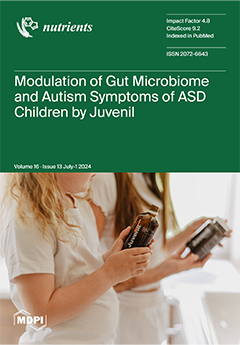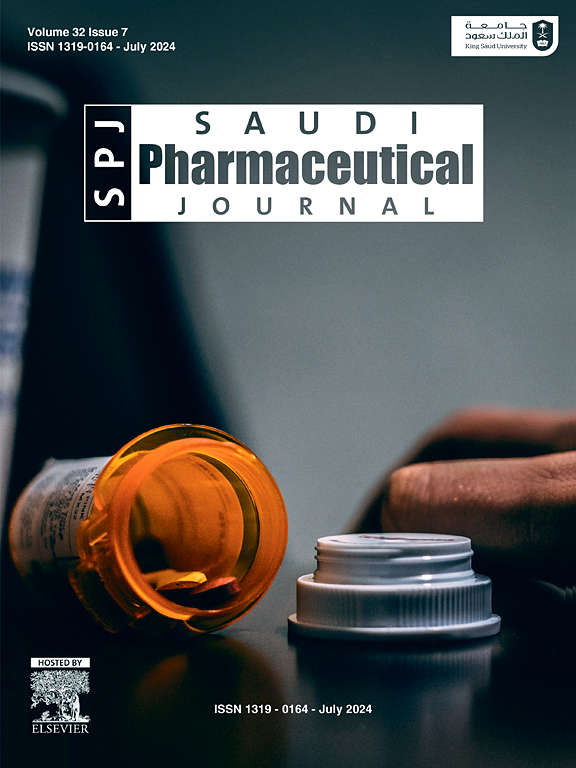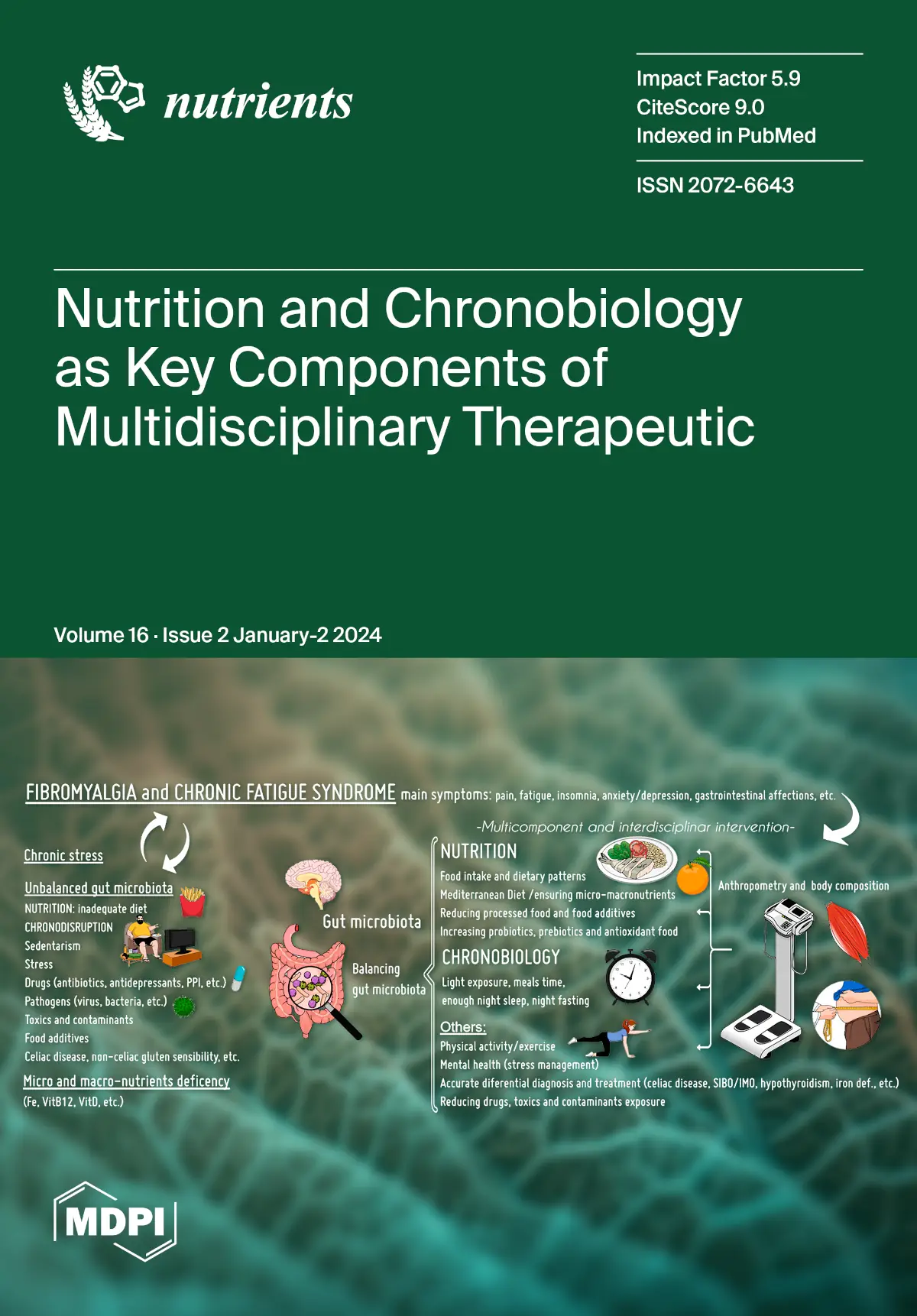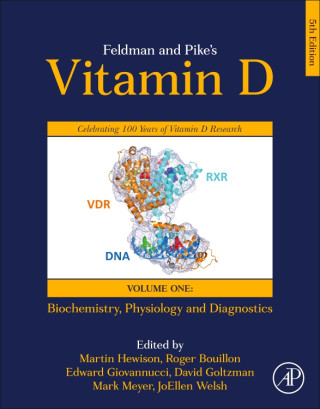Home » Publications » Page 3

Eunike Velleuer, Carsten Carlberg
A Nutrigenomic View on the Premature-Aging Disease Fanconi Anemia
Nutrients 2024, 16(14), 2271
Fanconi anemia, a rare disorder with an incidence of 1 in 300,000, is caused by mutations in FANC genes, which affect the repair of DNA interstrand crosslinks. The disease is characterized by congenital malformations, bone marrow failure within the first decade of life, and recurrent squamous cell carcinomas of the oral cavity, esophagus, and anogenital regions starting around age 20. In this review, we propose that Fanconi anemia should be considered a premature-aging syndrome. Interestingly, the onset and severity of the life-limiting clinical features of Fanconi anemia can be influenced by lifestyle choices, such as a healthy diet and physical activity. These factors shape the epigenetic status of at-risk cell types and enhance the competence of the immune system through nutritional signaling. Fanconi anemia may serve as a model for understanding the aging process in the general population, addressing research gaps in its clinical presentation and suggesting prevention strategies. Additionally, we will discuss how the balance of genetic and environmental risk factors—affecting both cancer onset and the speed of aging—is interlinked with signal transduction by dietary molecules. The underlying nutrigenomic principles will offer guidance for healthy aging in individuals with Fanconi anemia as well as for the general population.
View full text

Shareefa A. AlGhamdi, Ranjini Ghosh Dastidar, Maciej Rybiński, Hadeil M. Alsufiani, Sawsan O. Khoja, Nusaibah N. Enaibsi, Safa F. Saif, Carsten Carlberg
Evaluation of the vitamin D response index in a Saudi cohort
Saudi Pharmaceutical Journal, Volume 32, Issue 8, August 2024, 102137
The concept of the vitamin D response index was developed based on vitamin D intervention studies conducted with Finnish cohorts. In this study, we challenged the concept by performing a single vitamin D3 bolus (80,000 IU) intervention with a cohort of 100 native Saudis. The change of serum levels of the proinflammatory cytokines interleukin 6, interleukin 8 and tumor necrosis factor measured directly before intervention in comparison to samples taken one and thirty days after vitamin D3 supplementation were used as biomarkers for distinguishing low, mid and high responders. Interestingly, we identified 39 % of the study participants as low responders. In contrast, when we used in a subset of 37 study participants whole blood expression changes of seven well-known vitamin D target genes one and thirty days after supplementation as alternative biomarkers, only 9 persons (24 %) were identified as low responders. In conclusion, in Saudi Arabia the rate of low vitamin D responders is equal or even higher than that in Finland. Therefore, similar to Nordic countries also in Saudi Arabia appropriate vitamin D3 supplementation is essential, in order to fulfill the needs of low responders.
View full text

Carsten Carlberg, Eunike Velleuer
Vitamin D and Aging: Central Role of Immunocompetence
Nutrients 2024, 16(3), 398
The pro-hormone vitamin D3 is an important modulator of both innate and adaptive immunity since its biologically active metabolite 1α,25-dihydroxyvitamin D3 (1,25(OH)2D3) regulates via the transcription factor VDR (vitamin D receptor) the epigenome and transcriptome of human immune cells and controls in this way the expression of hundreds of vitamin D target genes. Since the myeloid linage of hematopoiesis is epigenetically programmed by VDR in concert with the pioneer factors PU.1 (purine-rich box 1) and CEBPα (CCAAT/enhancer binding protein α), monocytes, macrophages, and dendritic cells are the most vitamin D-sensitive immune cell types. The central role of the immune system in various aging-related diseases suggests that immunocompetence describes not only the ability of an individual to resist pathogens and parasites but also to contest non-communicative diseases and the process of aging itself. In this review, we argue that the individual-specific responsiveness to vitamin D relates to a person’s immunocompetence via the epigenetic programming function of VDR and its ligand 1,25(OH)2D3 during hematopoiesis as well as in the periphery. This may provide a mechanism explaining how vitamin D protects against major common diseases and, in parallel, promotes healthy aging.
View full text

Carsten Carlberg
Chapter 12 - Vitamin D, chromatin, and epigenetics
Feldman and Pike' s Vitamin D, Volume One: Biochemistry, Physiology and Diagnostics, 2023, ISBN 978-0-323-91386-7
Vitamin D deficiency is a worldwide problem linked to numerous diseases affecting men, women, and children of all ages. Enormous progress in the study of vitamin D has been made since the first edition of this highly-acclaimed book was published nearly 20 years ago, and current research continues to draw headlines. Feldman and Pike’s Vitamin D, Fifth Edition continues to build on the successful formula from previous editions, taking the reader from the basic elements of fundamental research to the most sophisticated concepts in therapeutics. The two comprehensive volumes provide investigators, clinicians, and students with a comprehensive, definitive, and up-to-date compendium of the diverse scientific and clinical aspects of vitamin D, where each area is covered by both basic and clinical experts in the field.
Learn more







